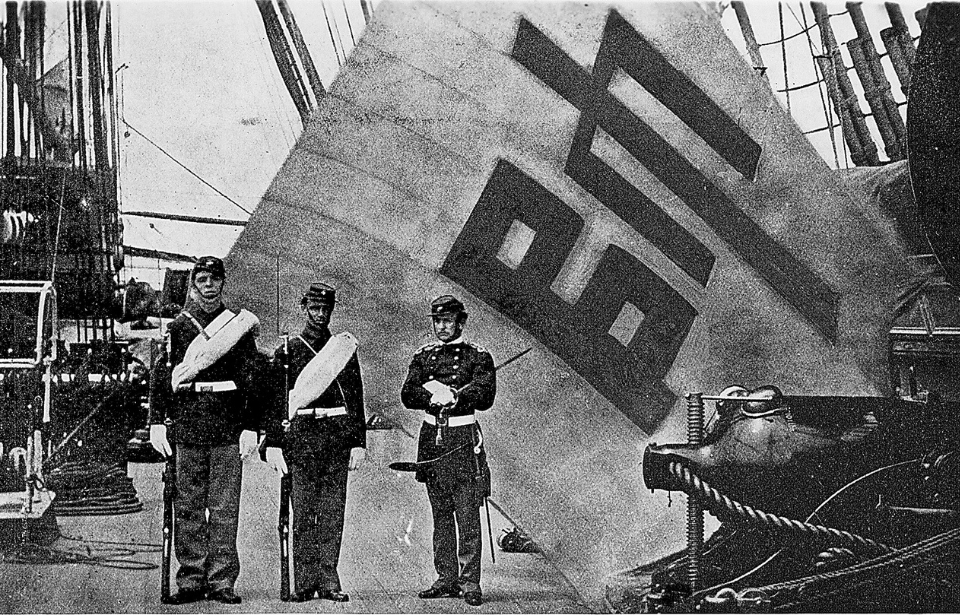During the 19th century, Korea was extremely isolationist. Before agreeing to the Japan-Korea Treaty of 1876, it didn’t have an interest in developing trade agreements with other countries. Prior to signing the arrangement, an American merchant ship went missing in Korean waters, prompting a US-led investigation that resulted in the Battle of Ganghwa. Among those involved in the fight was Cpl. Charles Brown, who was awarded the Medal of Honor for his actions… Before deserting his post and losing it.
General Sherman Incident
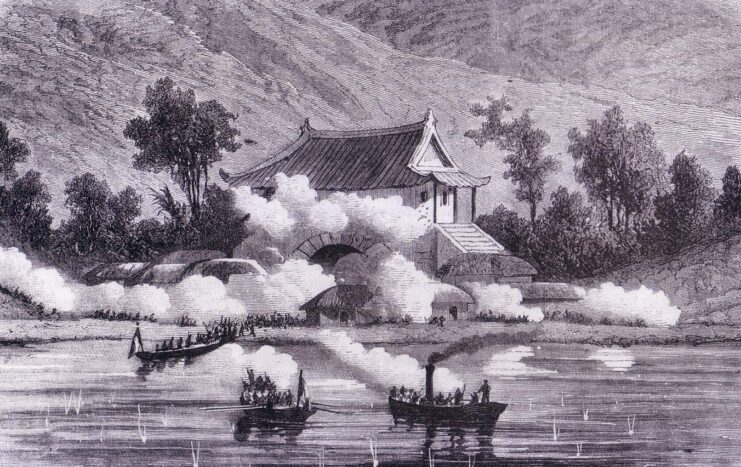
The US merchant ship SS General Sherman was hauling cotton textiles, mirrors, tinware and glassware when she entered Korean waters. When her crew tried sailing along the Taedong River, they were informed by officials that they couldn’t trade in Korea and had to leave. The men didn’t heed this warning, and it was a decision that ultimately led to their demise.
When they chose to continue, Korean officials believed General Sherman wasn’t a merchant vessel, but, in fact, a French warship, prompting them to attack. The American crew fended off the early assault, but eventually fell to the enemy’s fireships. Those who abandoned General Sherman were killed by angry civilians.
Following what later became known as the General Sherman Incident, the Koreans kept what they’d done a secret for five years. They successfully evaded all questions regarding the merchant ship until the US military embarked on an expedition that was, in part, organized to discover the truth.
American expedition to Korea
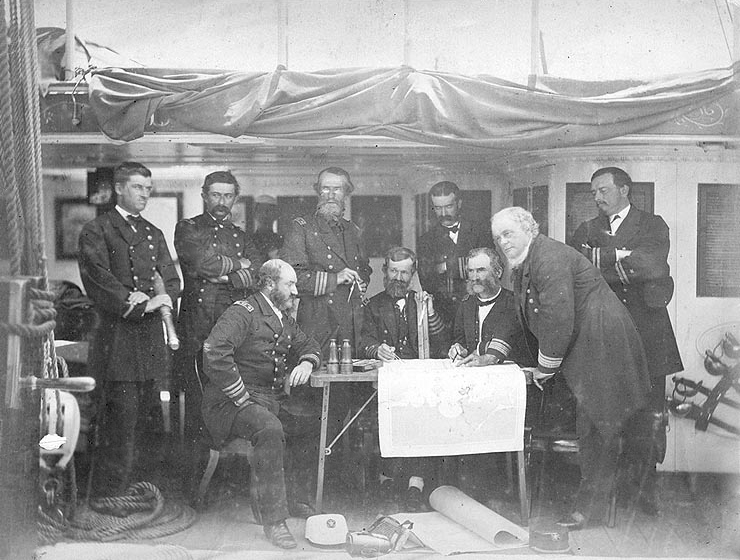
In May 1871, the US Department of State sent Minister to China Frederick Low, along with the five vessels from the US Navy’s Asiatic Squadron, to Korea. In addition to determining what happened to the SS General Sherman, the expedition was tasked with trying to negotiate a trade agreement with the Korean government.
It included over 1,400 personnel, 542 sailors and 109 Marines. The five vessels, comprised of gunboats, sloops and a frigate, were the USS Colorado (1895), Alaska (1868), Benicia (1868), Palos (1865) and Monocacy (1864). Together, the Americans had a total of 85 naval guns, and were under the command of Rear Adm. John Rodgers and Cmdr. Winfield Scott Schley.
Negotiations were held on June 1, 1871. At the same time, Palos and Monocacy were ordered to survey the Han River estuary. It’s likely the Americans were unaware that foreign vessels were forbidden to enter the river, as it provided direct access to Hanyang (modern-day Seoul).
It was this action that began the Battle of Ganghwa.
Korean action kickstarts the armed engagement
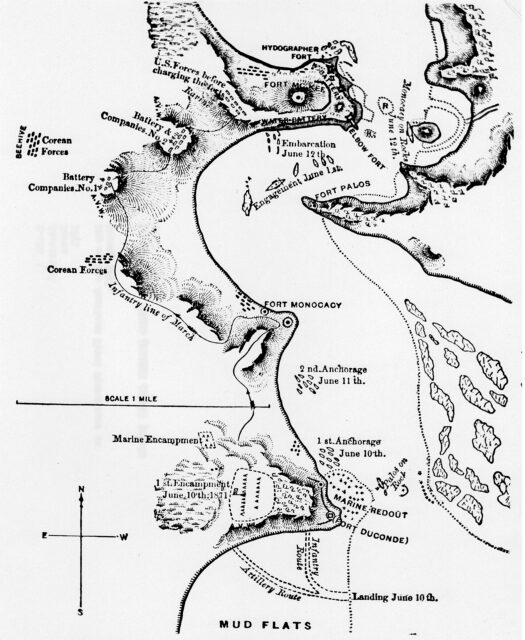
As the Americans entered the Han River, the Koreans stationed along its shores were given orders to open fire. Among them were six Selee River Forts and four shore batteries. The latter were comprised of over 300 troops and ample artillery.
The USS Palos and Monocacy retaliated and silenced the enemy fire. Following the incident, Rodgers approached the Korean government and demanded an apology. He gave them 10 days and threatened consequences if his request wasn’t met. Rodgers followed through on his threat when the Koreans failed to offer up an apology, and the US forces began an assault on Ganghwa Island.
The battle began on June 10, 1871, with the Americans making their way to Point Du Conde. They immediately attacked the fort and captured it with little resistance. They continued to Fort Monocacy, where they were, again, able to defeat the enemy with relative ease. The US forces stationed themselves there for the night, becoming the first Western military force to occupy Korean land.
The decisive following day
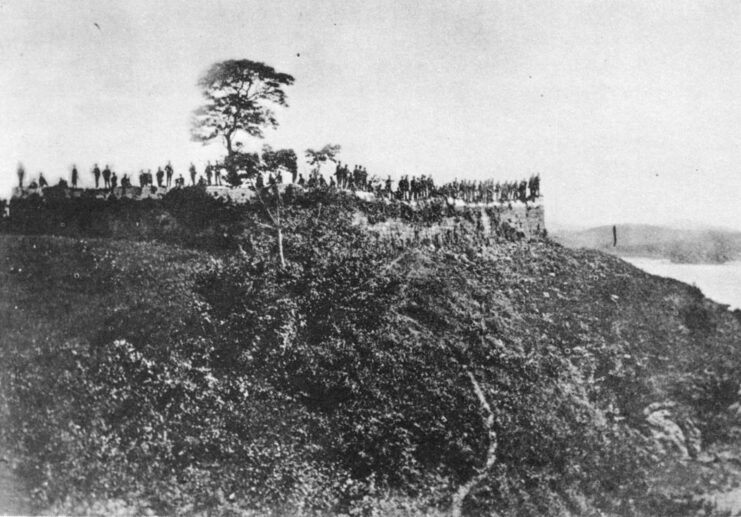
The following day, the biggest part of the Battle of Ganghwa occurred. Thanks to their landing on Korean soil, the Americans not only attacked from the water, but also from land.
Fort McKee, defended by approximately 300 Korean soldiers armed with swords, matchlock rifles and clubs, was the center of the island’s defenses. As the Americans made their approach, they were ordered by Lt. Hugh McKee to scale and breach the walls of the military installation. Once on the other side, they engaged in close-quarters combat and secured the base in just 15 minutes.
Having captured all of the forts in the area, military superiors ordered that the installations be dismantled and their cannons confiscated. After a couple of days, the only one left standing was Fort Palos, located on the opposite side of the Ganghwa Strait.
The Battle of Ganghwa cost the Koreans dearly – 243 lost their lives, while 20 more were captured and a handful more wounded. The Americans, on the other hand, only suffered three deaths and 10 wounded. Despite their losses, the Koreans maintained their position on international trading and refused to sign a trade treaty with the US. Government officials didn’t concede to one until 1882.
Cpl. Charles Brown never received his Medal of Honor
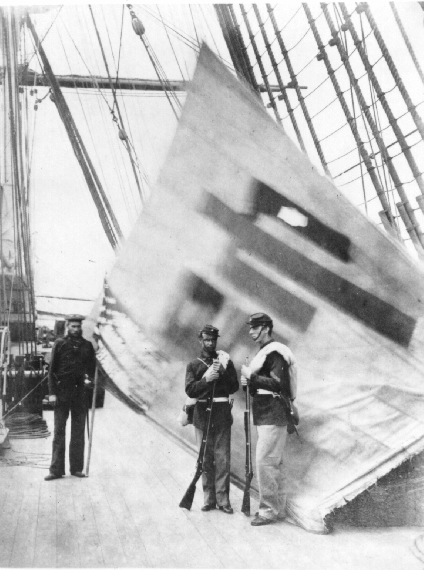
One sailor to earn recognition during the Battle of Ganghwa was Cpl. Charles Brown. He’d enlisted in the US Marine Corps on June 27, 1870, and initially served aboard the USS Ashuelot, before being transferred to the USS Colorado in the spring of 1871.
During the fighting on June 11, 1871, Brown took down the sujagi (the personal flag of Gen. Eo Jae-yeon). His heroics earned him the prestigious Medal of Honor, with the citation reading, “On board the USS Colorado in action against a Korean fort on 11 June 1871. Assisted in capturing the Korean standard in the center of the Citadel of the Korean fort, June 11, 1871.”
More from us: Discover the Civil War-Era Military Facility Located Beneath Alcatraz
Charles Brown never received his Medal of Honor, as he was officially listed as a deserter on October 12, 1871. He’d disappeared while stationed in Shanghai, before the award was confirmed. The Marine corporal’s whereabouts, when he died and where he’s buried remain unknown to this day.
